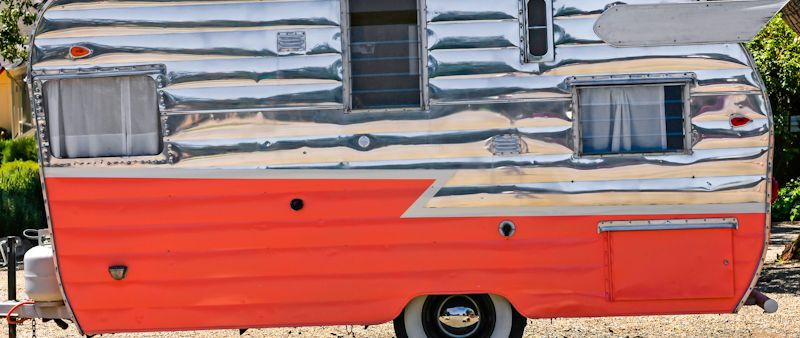RV REWIND
The recreational vehicle and motorhome are roadway staples that have come a long way from humble beginnings. Historians often point to 1910 as the beginning of the industry in the United States, with the Smithsonian Institution and the RV/MH Hall of Fame in Elkhart, Indiana (home of RV builders including Thor Industries and Forest River) declaring that the year the “auto camper” or “camping trailer” was born. We took a look back through the past century or so and found some of the key portions of the RV evolutionary chart to see where RV culture has been and where it's headed.






































